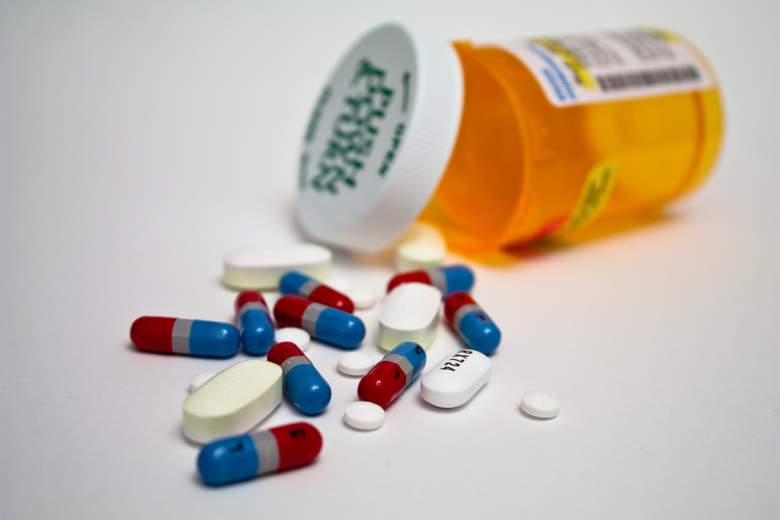When it comes to healthcare in the United States, the large majority of procedures, treatments, and technologies have improved over time. However, there are certain aspects of the industry that have a tendency to lag behind or take longer to catch up. According to a new study, hospital pharmacists and their ability to accurately fill prescriptions may be one of those aspects that isn’t quite where it needs to be. Here are five fast facts you need to know.
1. Medication Error Rates Are on the Rise
According to a recent study that was published in the September 2015 issue of American Journal of Health-Systems Pharmacy, the number of medication errors increases in relation to the number of orders verified per pharmacist per work shift. “The verification of over 400 orders per shift per pharmacist was associated with the highest risk of errors,” the study reports. Specifically, the overall error rate – from the study – was 4.87 errors per 100,000 orders.
Of the 50 pharmacists observed in the study, 31 – or 62 percent – committed at least one medication error throughout the yearlong study. “Future work should also focus on improving the efficiency of the order verification process without increasing the risk for medication errors,” says the study.
2. Cutting Back on Prescriptions Could Be One Answer

(ep_jhu)
While it’s certainly important to improve the order verification process and develop better procedures for pharmacists, there may be another solution. “The driving factor influencing medication errors may be the quantity of medications being prescribed and administered,” according to Rosenfeld Injury Lawyers.
With the average hospital patient receiving between nine and ten medications, “It appears that the solution to this dilemma may be as simple as limiting the amount of medications that any patient is administered during a hospital stay and reevaluating the need for patients to continue taking medications following discharge.”
Studies have shown that more medications are directly correlated to a higher incident rate. By spending more time carefully evaluating patients and determining which medications are necessary, it’s possible there could be fewer medication errors.
3. Medication Errors Are Expensive & Harmful
According to a 2006 study from the Institute of Medicine, medication errors are both expensive and harmful. These seemingly casual errors injure more than 1.5 million Americans each year. They also cost Americans more than $3.5 billion annually in additional medical expenses, lost productivity, and lost wages.
Even more eye opening is the fact that critical care patients are twice as likely to receive the wrong medication. Twenty percent of these errors are life-threatening, while 42 percent require additional life-sustaining treatments.
4. There Are ‘5 Rights’ of Medication Administration
In an effort to regulate the industry and guide pharmacists, there are “five rights” of medical administration. These are: the right patient, the right drug, the right dose, the right route, and the right time. While medication errors aren’t always related to these five rights, the majority can be avoided by keeping them in mind.
5. Patient Knowledge Is Key

(Jamie)
As a patient, you deserve the right medication. However, you shouldn’t always assume you’re being administrated the appropriate drug. Make sure you know which drug(s) your healthcare provider is prescribing and always double-check to ensure the drugs you receive from the pharmacists match the prescription. Pills typically have unique shapes, colors, and markings. If you’re unsure of whether you’ve been administered the correct pill, you can use a resource like Drugs.com’s Pill Identifier to gain some clarity.
Medication errors are harming the integrity of the healthcare industry and it’s important that doctors, pharmacists, patients, and everyone in between bands together to lower error rates and increase prescription and administration accuracy. Keep these five facts in mind as you move forward in the future.


